As we hurtle towards the end of the year, Just Drinks has spoken to senior figures at the beverage sector’s biggest names to get the inside track on what fills them with optimism and what is keeping them awake at night. In this piece, some of the beer industry’s major players have their say on what’s to come in 2023.
Cees ‘t Hart – CEO of Carlsberg Group
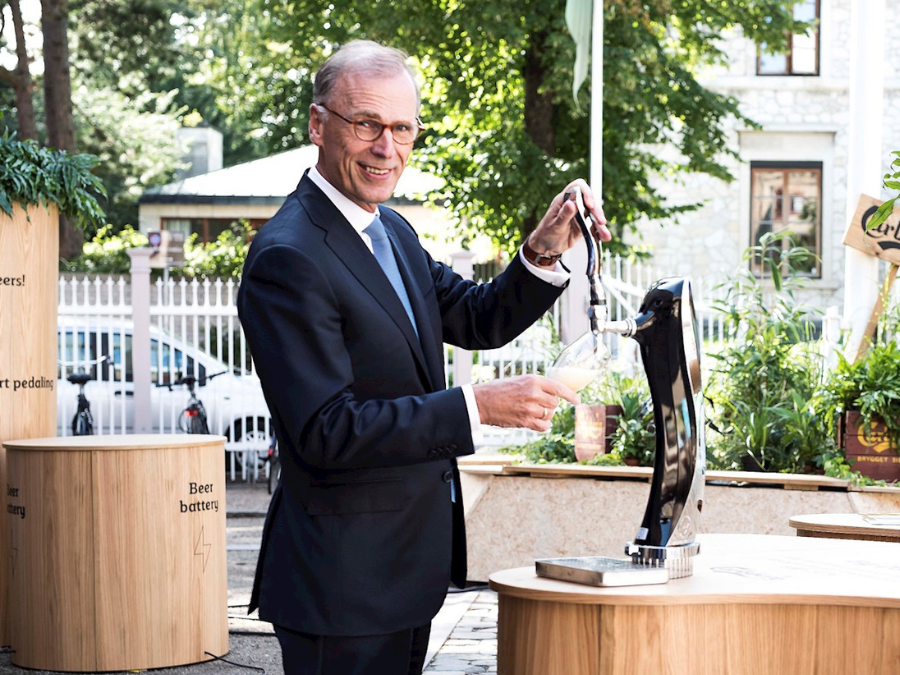
Just Drinks: What are you most excited about heading into 2023 and why?
Cees ‘t Hart: I think there is more reason to be cautious than excited for next year, as we have a lot of challenges in front of us. But, in terms of focus areas here at Carlsberg, then we always want to reflect the world around us, and we’re clearly seeing an increase in demand in two areas, which are alcohol-free brews and premium products. In recent years, the interest in non-alcoholic beers has grown fast and we are very proud of our leading position in several markets. This will continue to grow in the coming years.
Also, we are seeing more focus on premium beer, which I believe will continue despite rising prices. We’ve learned from previous crises that consumers in situations like this are focusing on mini luxuries. In this field, Carlsberg has a lot to offer with, for example, a brand like 1664 Blanc which is popular and growing.
JD: What concerns you the most and what are the biggest challenges you think Carlsberg will face?
CtH: Right now, the obvious thing is the high inflation on commodities and energy, and how that will impact consumer behaviour, especially in Europe. That also has a strong impact on Carlsberg. We experience price increases on things like barley, malt, aluminium, energy, and transport. Which is more or less our entire value chain. It’s hard to predict how hard this will ultimately affect our company but we have a challenging 2023 ahead of us.
It will definitely be the biggest challenge coming into 2023 and the impact of inflation and rising costs have still not fully translated into an impact on our business. We will do what we can to make our production more efficient to lower our costs and accelerate growth – but we also have to make price increases to balance out the increased costs. That’s unfortunately unavoidable.
Then, there is of course also the sale of our Russian business, which we plan to complete in the coming year. Just the task of separating the business so it will be ready for a sale consists of 150 workstreams, so it is an extremely complicated process which is taking up an enormous number of resources. But it is more important for us to do it right than to do it fast – we owe that to our employees in Russia.

US Tariffs are shifting - will you react or anticipate?
Don’t let policy changes catch you off guard. Stay proactive with real-time data and expert analysis.
By GlobalDataJD: How do you see consumer demand across your geographic markets next year?
CtH: So far, we have seen little evidence of consumers trading down. But in some markets, for example in Poland, we see that the sales of Somersby have decreased, while our mainstream brand Harnás is increasing, and it is also a pattern beginning to show in the UK.
But it is difficult to make a firm conclusion on how our consumers are impacted by the higher inflation. It is something we are monitoring closely and it is not unlikely that we may experience a shift in consumption patterns. Particularly on-premise sales might come under pressure if consumers’ disposable income falls, and people go out less or drink less. So, there is a risk that it will influence volumes in [the] on-trade next year.
JD: What does success look like for Carlsberg in 2023?
CtH: The key indicator of success for 2023 will be how we end up controlling the impact of the volatile macro environment that we are impacted by right now. We continue our rigour and disciplined approach to managing this challenge and I am confident that we will navigate the storm well.
Paolo Lanzarotti – CEO of Asahi Europe and International
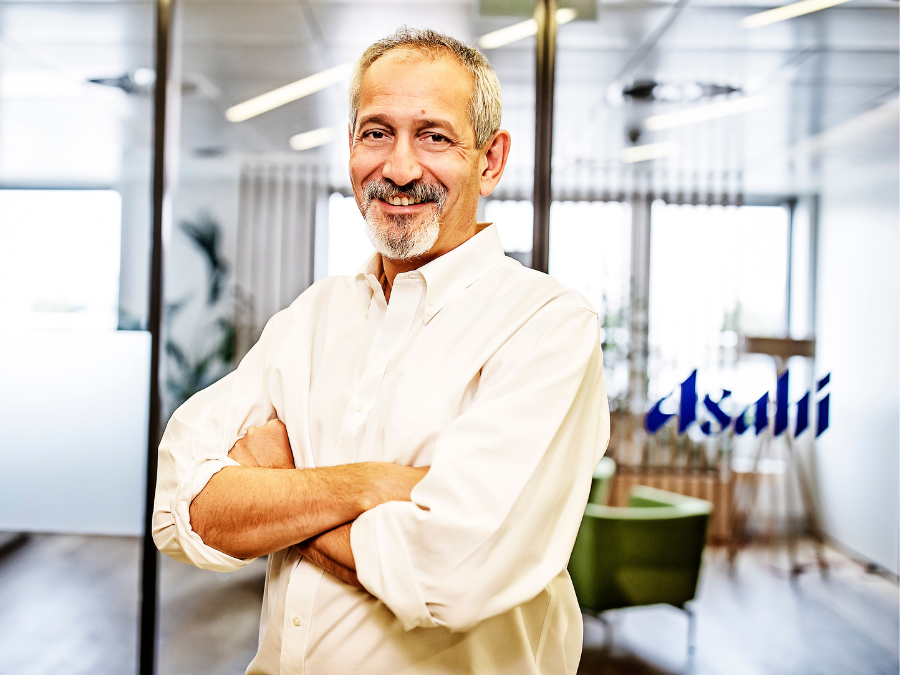
JD: How do you think input cost inflation will impact your business in the coming 12 months? What steps are you taking to mitigate the impact of that cost pressure? Will you look to increase prices again?
Paolo Lanzarotti: Even when considering our broad agricultural supplier base and local supply chains for hops and barley from Czechia, Slovakia and Italy, the reduction in supply globally currently is naturally leading to increased competition for materials, resulting in higher costs across the entire value chain and ultimately higher prices for consumers. Ultimately, we must offer value for money and this will remain at the forefront of our minds.
In terms of cost pressure mitigation, we have a comprehensive hedging programme in place, which has helped us to mitigate some of the cost pressure but not all, as we remain exposed to international energy markets. While we expect energy prices to stabilise in the mid to long term we will be accelerating our transition towards renewable energy.
Already today our brewery in the Netherlands uses 100% clean heat and, in Italy, the Netherlands, Poland and Romania, 100% of [the] electricity used in our breweries comes from renewable sources. We are on the right track and remaining focused and bold in executing to deliver on our Legacy 2030 targets places us in a much better position commercially.
JD: To what extent do you anticipate some consumers to trade down next year and how will Asahi react to that?
PL: Predictions have become increasingly unreliable, however from past experience we see that the beer category is relatively resilient, especially at the premium end where premium brands represent an “everyday affordable luxury”. They offer an emotional boost and are easily accessible therefore it makes sense for us to continue executing our premiumisation strategy and growing sales of our global brands. We expect that the demand for non-alcoholic beer with continue to grow and we aim to achieve a mix of 20% non-alcoholic beverages of our portfolio by 2030 so that remains a focus. We are, however, aware of a greater prudence among consumers so ultimately we must continue to offer value for money across all our portfolio.
JD: On which key ESG issues do you expect to increase investment in 2023 and why?
PL: In 2023, given the increase in energy costs we’re seeing, we will remain focused on becoming even more efficient and accelerating our transition towards renewable energy sources including solar and wind, just as we have done in the Netherlands, Poland and Romania. As leaders in most of the markets we operate in, we believe we need to lead by example. Sustainability is at the core of our strategy and planning and in 2023 is even more important for the long-term health of our business, which means continuing to deliver on our ambitious targets that we’ve set ourselves. These include, by 2030: becoming carbon neutral within all our breweries; maintaining and improving best-in-class water consumption in our breweries; using only packaging that is fully circular; and sourcing ingredients in a sustainable way.
Already we’ve made strong progress. We use 40% less water today compared to a decade ago thanks to new technologies and operational efficiency. One hundred per cent of the barley we use in Czechia, Slovakia and Italy is sourced locally, most of it directly from farmers. In Italy, the Netherlands, Poland and Romania, 100% of electricity used in our breweries comes from renewable sources.
JD: What consumer trends do you expect to drive Asahi’s innovation and NPD pipeline in the next twelve months?
PL: The overall trend that is well identified is “drink less but better”, which is expressed in the premiumisation of alcohol and the move to more moderation in terms of lower-strength products and, of course, non-alcoholic adult beverages. Our goal remains to have 20% of our portfolio comprised of non-alcoholic products by 2030 so we launched Peroni Nastro Azzurro 0.0% and in 2023 we’re launching Asahi Super Dry 0.0%. Beyond NAB, we are innovating largely in the premium segment with both local and global brands as we expect the demand for increasing choice in the premium segment to continue.
James Watt – CEO of BrewDog
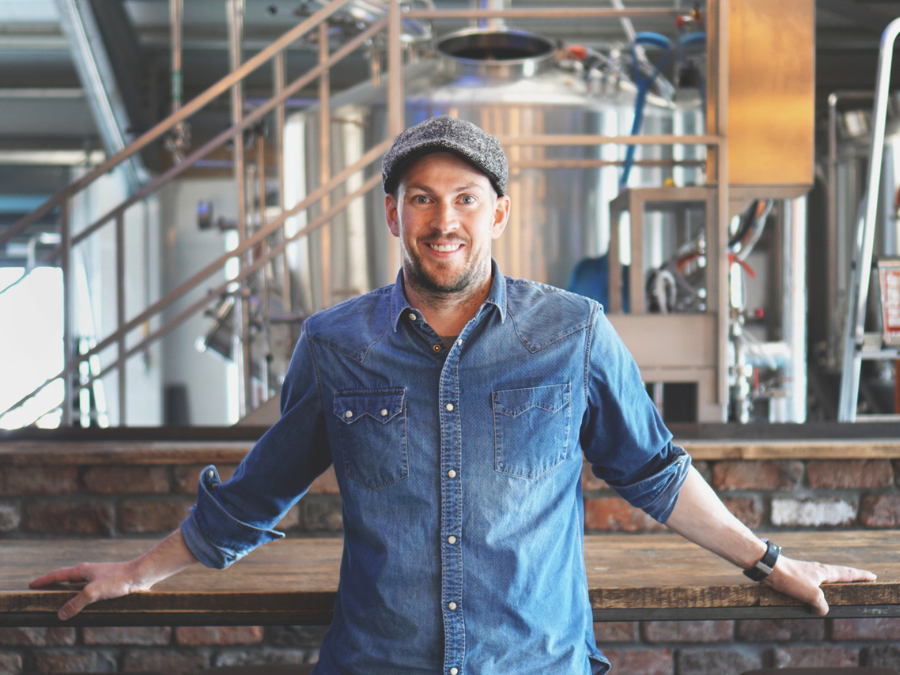
JD: What are you most excited about heading into 2023 and why?
James Watt: We’re lucky because demand for craft beer is still growing all around the world, so there is still a massive amount to shoot for despite the tough economic backdrop. But, if you pushed me for one highlight, I’d say the opening of our biggest bar in the world in Las Vegas (even bigger than Waterloo). We have big ambitions in the US next year, and international markets more generally. I’m also proud that we’ve now got 3,000 crew onboard too. We’re showing that can grow while sticking to your principles and staying punk.
JD: What concerns you the most, and what are the biggest challenges you think you will face?
JW: We haven’t faced the recruiting difficulties that others in our space have because of our Blueprint deal, sharing our bar profits with staff. We’ve had 700 staff join since we announced it. We’re a strong business but, clearly, in this economic climate, the first three months of next year are going to be especially hard. Everybody is going to be feeling the squeeze from rising costs for the next year or so.
JD: How do you think input cost inflation will impact your business in the next year? Will BrewDog look to increase its prices to offset higher costs?
JW: The cost of producing Punk IPA is up by 34% year on year and the electricity bills for our bars have quadrupled. Although we’ve looked at costs across the business and closed six bars, we’ve already had to pass on a little of that to our customers. Of course, we don’t want to do that again, but what I won’t do is compromise on the quality of the beer. If you do that, it is all over.
JD: What are the biggest supply chain headaches for you right now?
JW: At the risk of repetition, it is all about managing the costs coming through the supply chain – not just electricity and gas but obviously hops and other ingredients. Around 95% of our hops come from the US so a stronger dollar hasn’t helped this year. Luckily the pound has recovered a bit since the grown-ups took over.
JD: How do you see consumer demand holding up? Do you expect to see some trading down?
JW: Obviously when inflation is as high as it is currently that isn’t good news for household wallets generally. Any consumer-facing business which tells you they are going to have a brilliant first three months of 2023 is lying, frankly. But I’d be really surprised if our customers traded down because they are very loyal and they like quality beer.
JD: What are your ESG priorities for the year ahead?
JW: We’ve always lived by the guiding principles that good beer needn’t cost the Earth. Our number one goal is to reduce our own emissions and we lead the way for the entire industry. We’ve already commissioned a bio plant to provide all the gas for our HQ in Ellon from waste products and our new canning plant will cut emissions, as cans have a lower carbon footprint than bottles. We’ll also be planting thousands more trees in the Lost Forest – our plot of land in the Scottish Highlands that is one of the largest tree planting and peatland restoration projects the UK has ever seen.
JD: How will you define success in 2023?
JW: Success will be looking after our crew and being good for the planet, while bringing our great range of beers to more people in more markets. Yes, the backdrop is tough, but it is the same for everybody and we have a brilliant product to sell in a growing segment. Bring it on.
Hideki Horiguchi – CEO of Kirin Brewery Co.
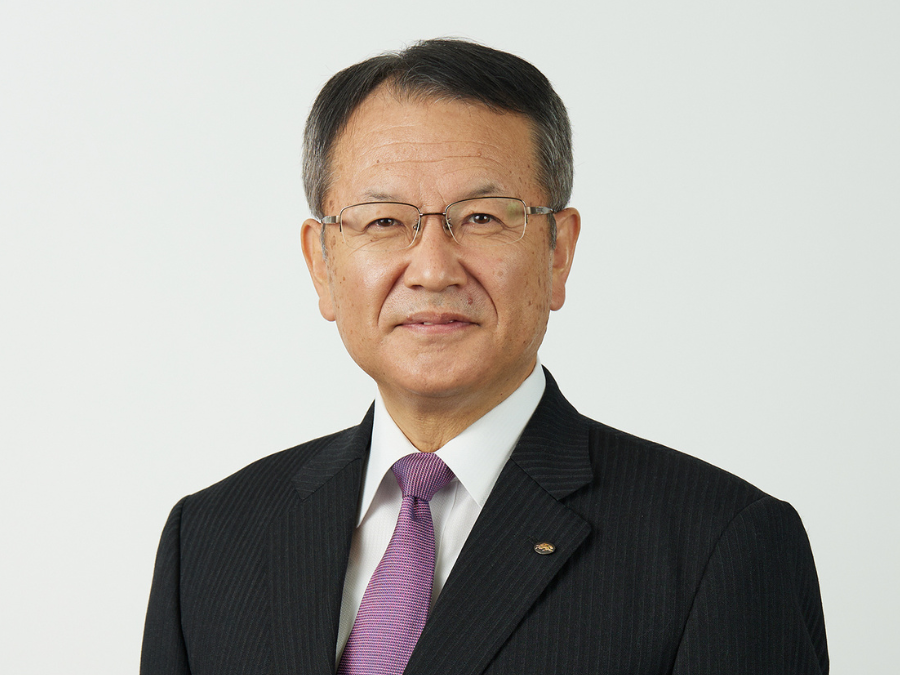
JD: What excites you the most heading into 2023 and why?
Hideki Horiguchi: Opportunities abound, not just risks, in continuing uncertainty in many facets of the Japanese market. These opportunities stem from changes in consumer lifestyle, a shift between categories to liquor tax revision, and diversification of tastes and polarisation of consumption. I am looking forward to taking on the task of keeping our current existing brands popular while expanding profit growth by investing in growth engines to make a big increase in our long-term profit goals.
JD: On the flip side, what are your biggest concerns and what challenges do you think you will face?
HH: The beer market in Japan has not only been declining in terms of sales and the impact of Covid-19 still lingers, as the market has not recovered to pre-Covid-19 levels. The so-called “new normal” has become the permanent normal and lifestyle changes have changed the landscape of demand with a polarisation of the beer market (including other beer products we have in Japan such as happo-shu and “new genre”) expected to increase. Our challenge is to create a brand portfolio that will allow us to remain a leader in the face of changing consumer tastes and needs.
JD: What are the biggest supply chain issues facing Kirin and how will you react to them?
HH: We need to optimise our production and logistics systems to withstand change. The main challenges are driver shortages and rising logistics costs, in addition to changing market demand. We will respond to category shifts by optimising production and logistics capacity. Further cost-reduction efforts will be necessary and we will transform the logistics structure to allow for deliveries to be completed with fewer trucks. As part of this, we will rely on digital transformation in particular to utilise advance data to reduce truck hold times.
JD: How do you see consumer demand across your geographic markets next year? To what extent does you anticipate some price elasticity and how is the Kirin portfolio set up to cope with that?
HH: Japan could be considered a unique market when it comes to consumer behaviour and product price. Polarisation of the market means increasing amounts of consumers are trading up. Increasingly, consumers want a “little luxury” in a higher-end product when at home, and some are more and more curious to try new products when they go out to drink. We believe it is important to increase the appeal of our core products such as Kirin Ichiban on one side, while increasing added-value products including craft beer offerings to cater to the growing demand for a “little luxury” on the other. Creating our brand portfolio is our future challenge.
JD: What trends will drive your innovation and NPD pipeline in the next twelve months?
HH: Premiumisation and the continued rise in consumers’ health awareness. We have already taken steps to adapt to these, with our own Spring Valley premium craft beers, a raft of domestic craft beers in the off-premise, popular Home Tap home beer servers and imported craft beers such as from Brooklyn Brewery, as well as our premium Fuji whisky line.
On the health awareness side, we already have a number of products that cater to health needs. These include non-alcoholic drinks like the hop-infused Green’s Free, the non-alcohol Kirin × Fancl Non-alcoholic Chu-hi Hyo-Rei Calolimit RTD (which includes fat-absorbing dietary fibre) and most recently Kirin Ichiban Shibori Zero Sugar – the first mass-marketed zero-sugar beer in Japan – has now become a key driver in our mainstay Kirin Ichiban product line.
Peter Böck – Managing director for sales and marketing at Oettinger Brewery
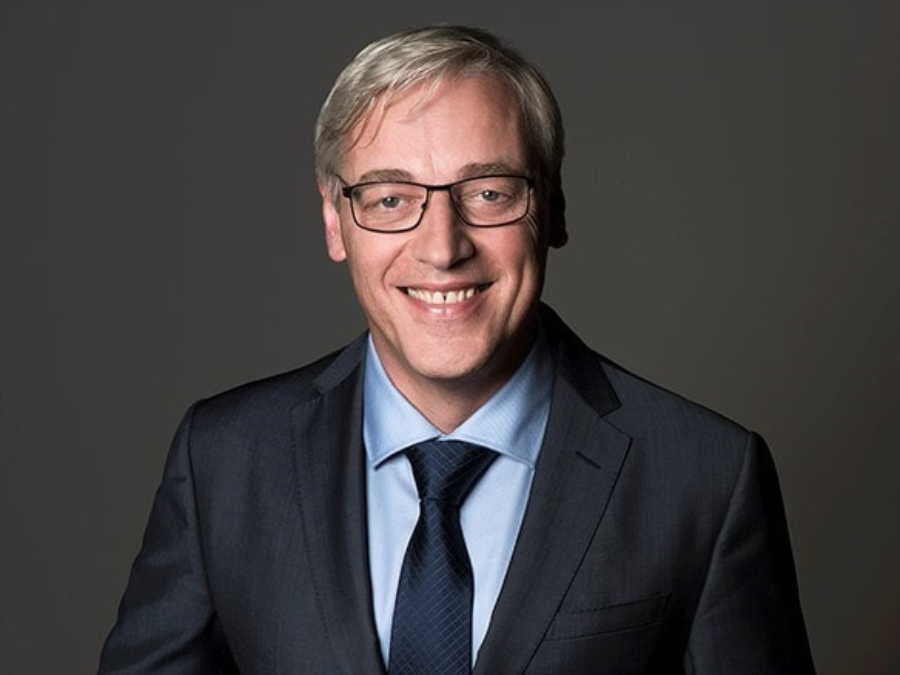
JD: What are you most excited about from a business standpoint heading into 2023 and why?
Peter Böck: I’m most looking forward to the moment when it becomes clear that the restructuring and consolidation measures currently being implemented will be concluded [Oettinger is closing production at one of its facilities and streamlining its product portfolio] because then we will be able to proceed full steam ahead with actively working on our future.
JD: What concerns you the most and what are the biggest challenges you think Oettinger will face?
PB: As a drinks manufacturer that depends on raw materials and that requires a lot of energy, the exploding prices for raw materials and energy are affecting us hugely. At the same time, we also have a responsibility to improve our sustainability credentials and to make this more visible to our consumers, business partners and other stakeholders.
JD: How do you think input cost inflation will impact Oettinger in the coming 12 months? What steps are you taking to mitigate the impact of that cost pressure? Will you look to increase prices again?
PB: Like everybody else, we have been battling increasing costs for a long time now. Our advantage, however, is that we are already in the process of consolidating and focusing on our structure. Nevertheless, further price adjustments are unfortunately inevitable.
JD: What are the biggest ongoing supply chain issues you are facing, and how will you seek to resolve/combat them?
PB: Supply disruptions in connection with raw materials due to the market landscape, massive energy price increases together with a cost explosion in export logistics – these are issues facing all companies, both big and small. We have adjusted our risk management accordingly, adopted a broader supply chain basis and scaled back the product range in our core market of Germany.
JD: On which key ESG areas do you expect to increase investment in 2023 and why?
PB: At its core, our sustainability strategy is focused on CO2 reduction. In this context, we are reviewing various approaches with a view to achieving our net-zero target by 2045 in the most sustainable and logical manner.
JD: What consumer trends do you expect to drive Oettinger’s innovation and NPD pipeline in the next twelve months?
PB: We had already recognised the signs of the times a few years ago and started to focus on product innovations for alcohol-free drinks in our domestic market of Germany. Non-alcoholic beers and above all soft drinks have now become a mega-trend that will continue to inspire us and our competitors in the years to come.
JD: What does success look like for Oettinger in 2023?
PB: For me, success in 2023 will look like this: sitting down for a nice get-together with our team at the end of the year and saying “cheers” to making the right decisions in 2022 and 2023. Hopefully, that really will be the case!
More 2023 outlook:
The spirits industry C-suite has its say
The non-alcoholic beverages industry has its say



